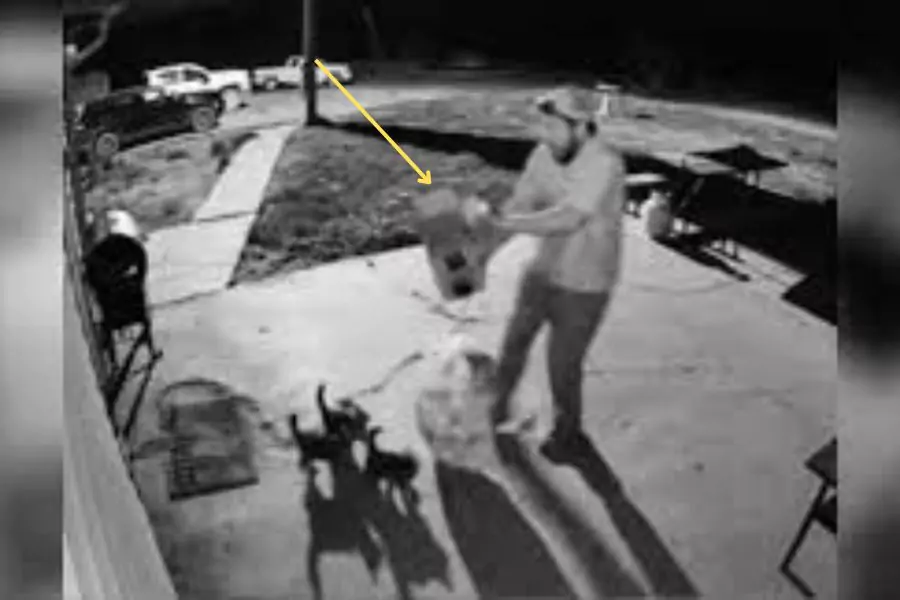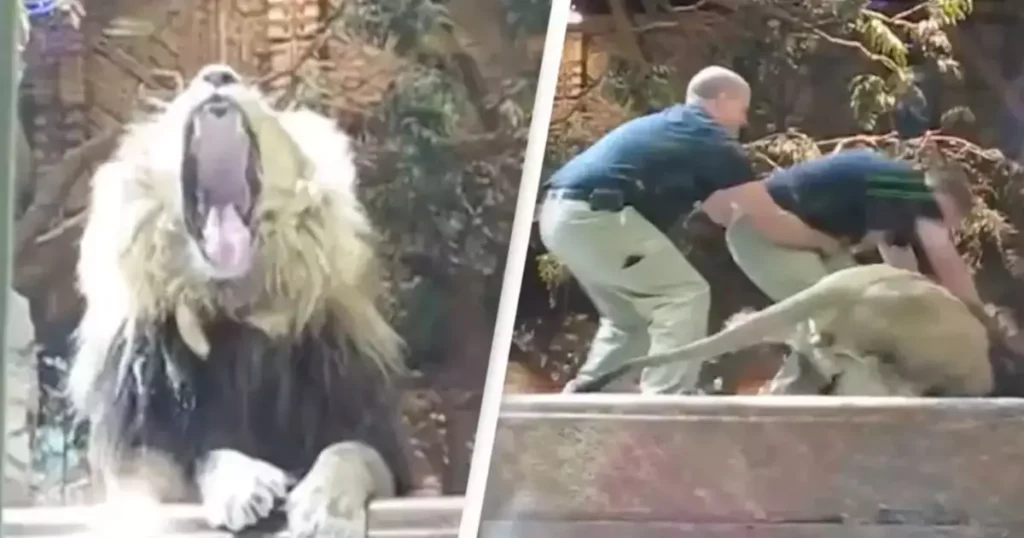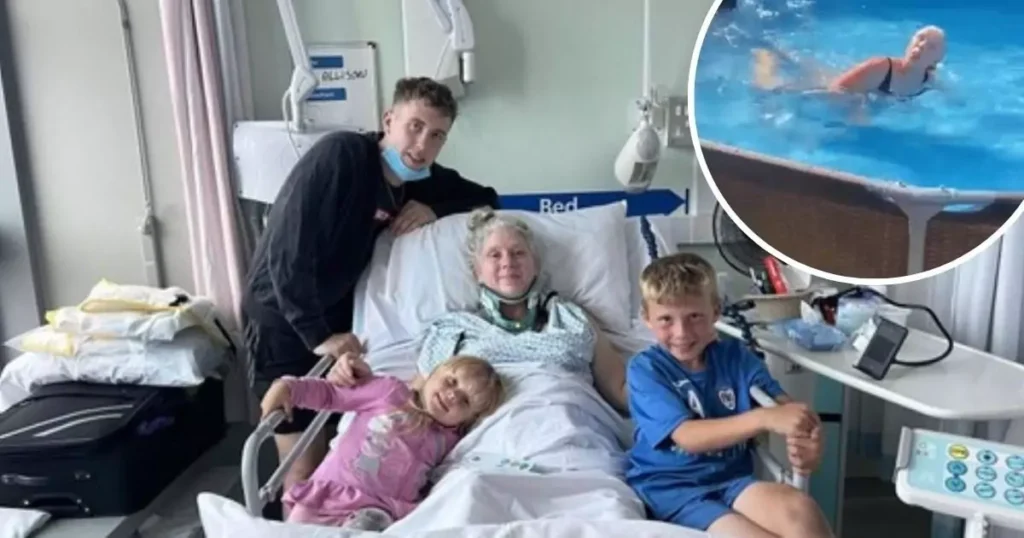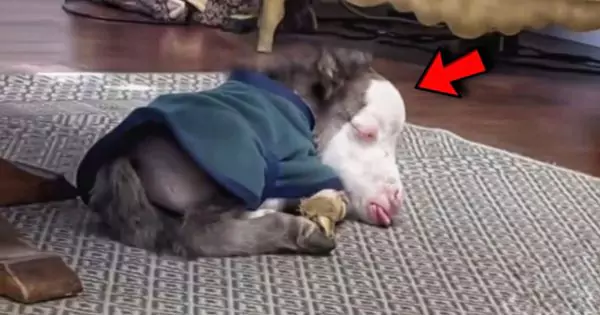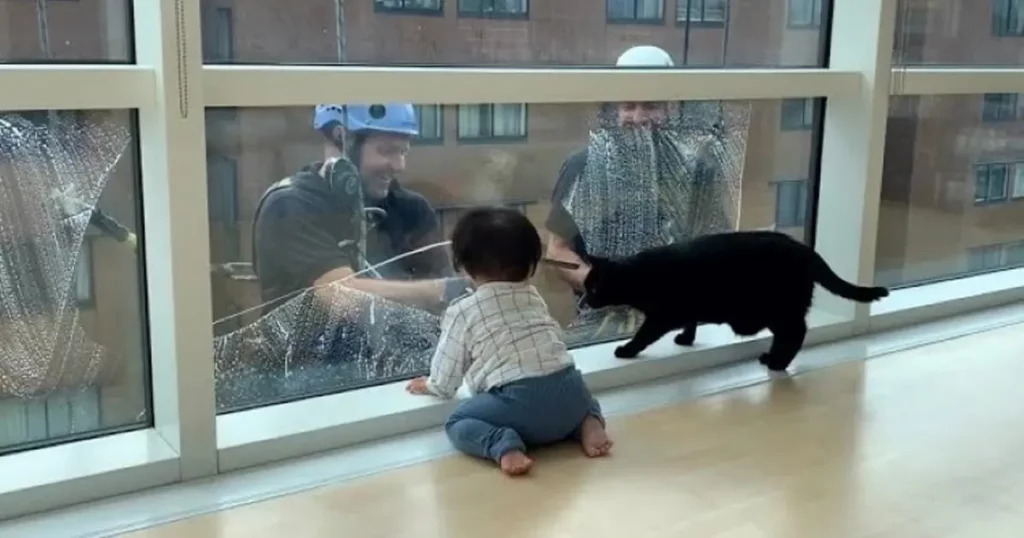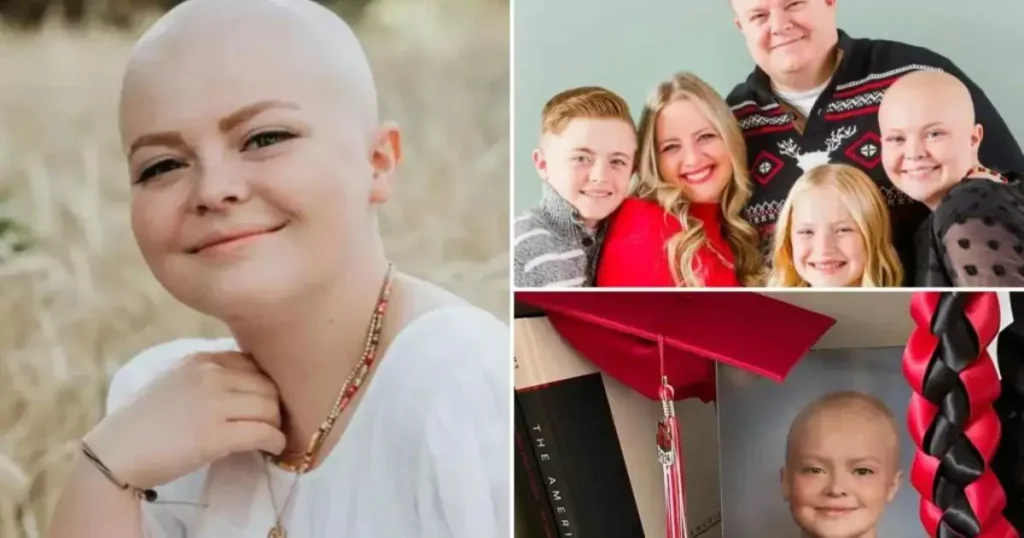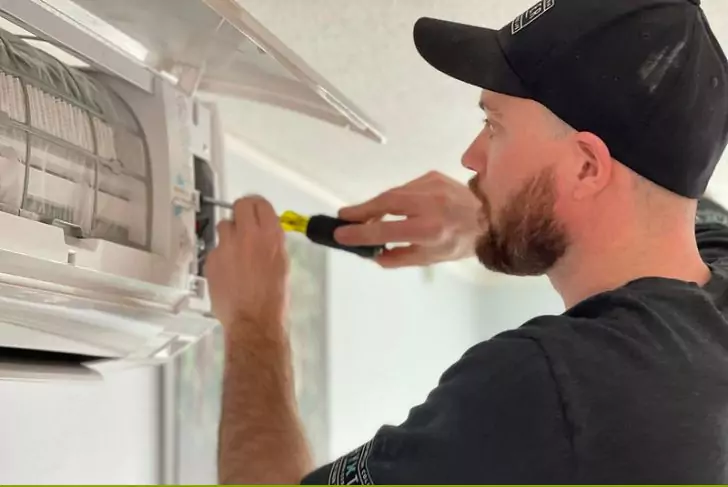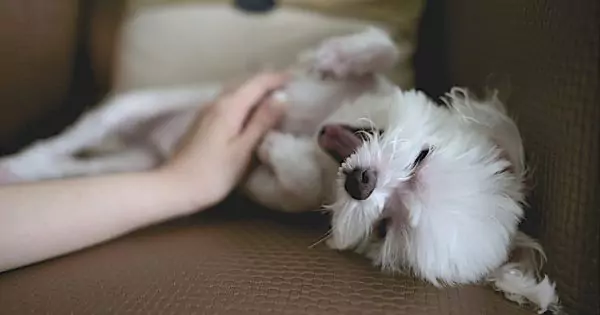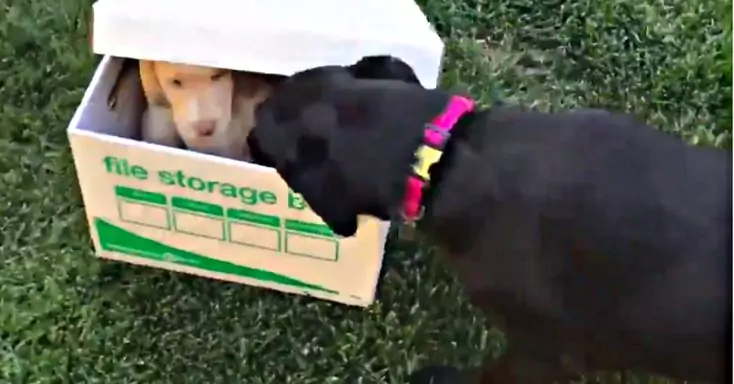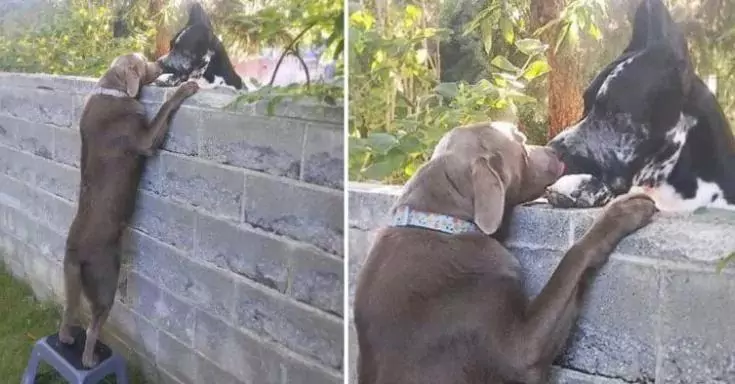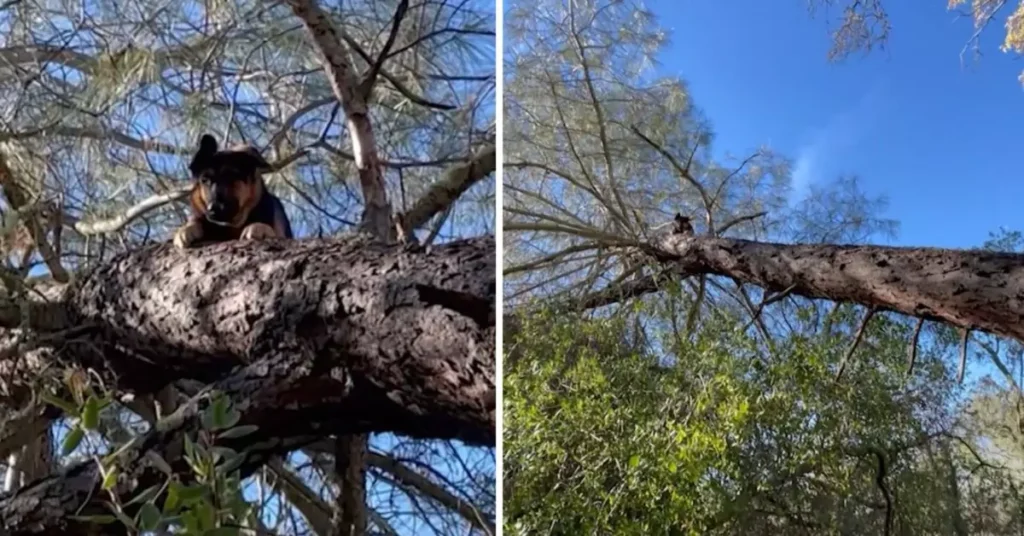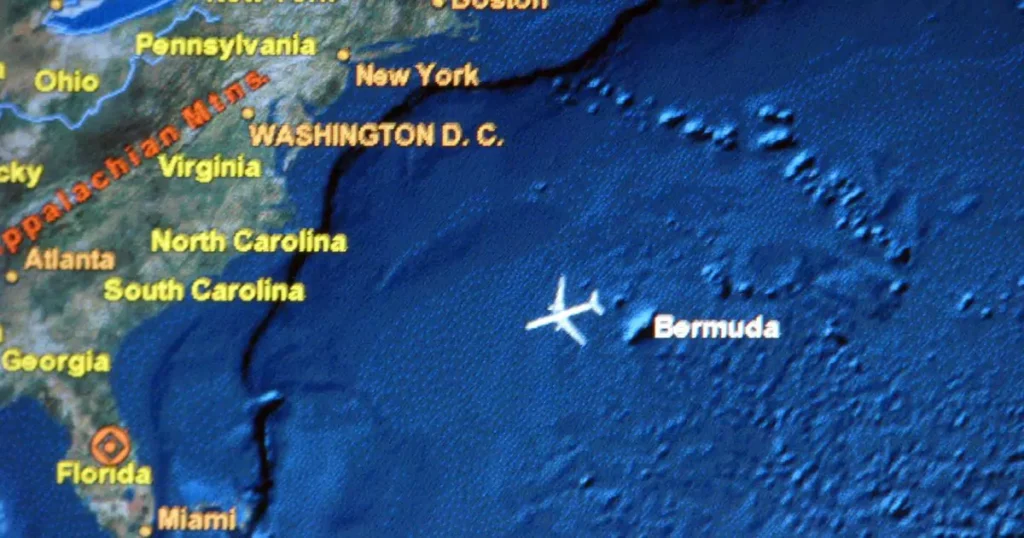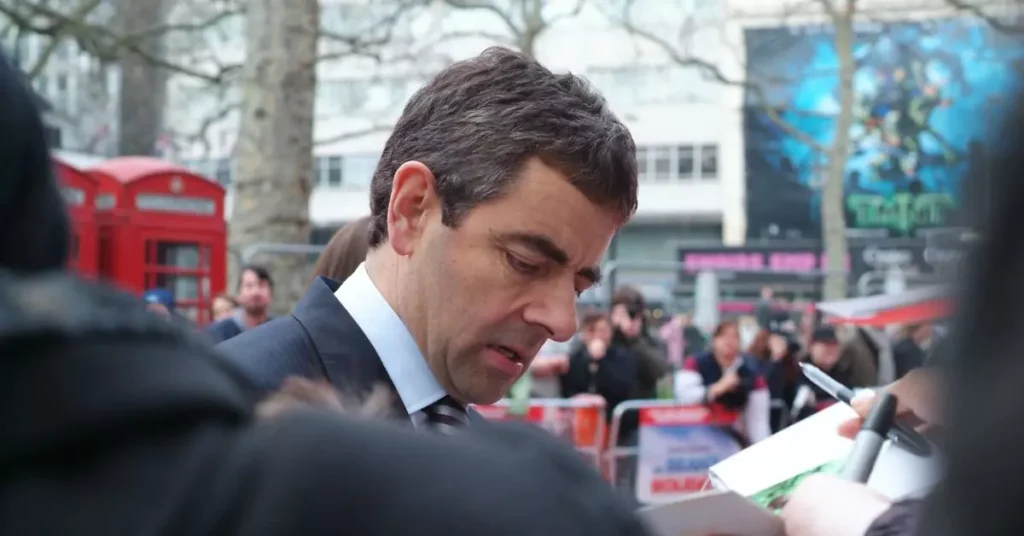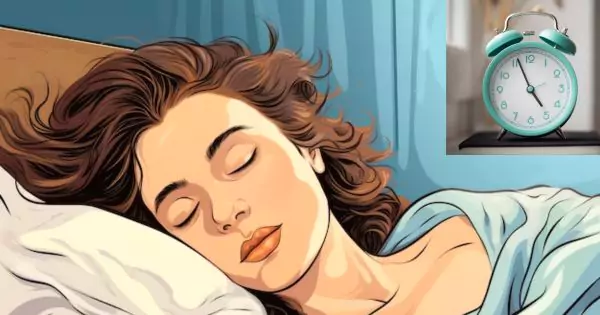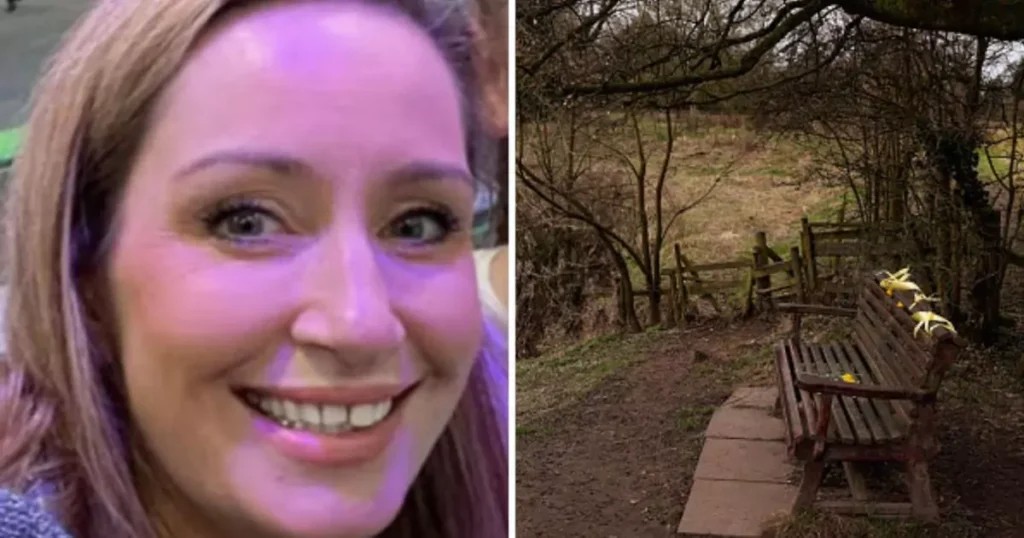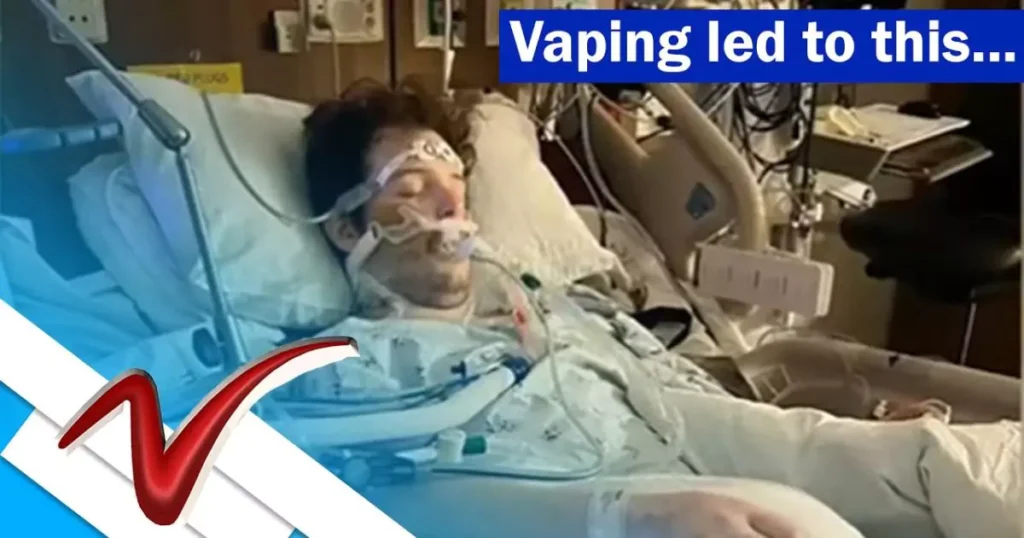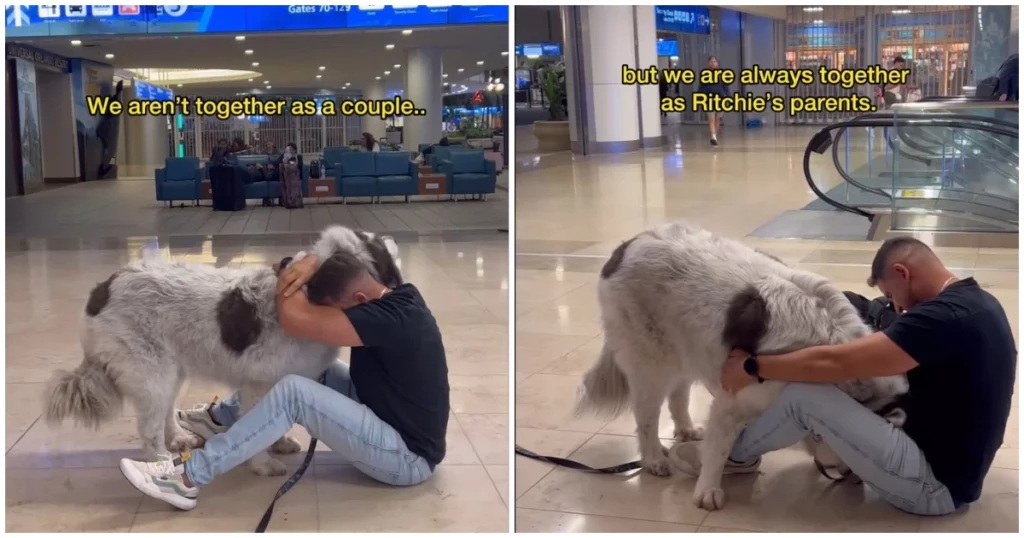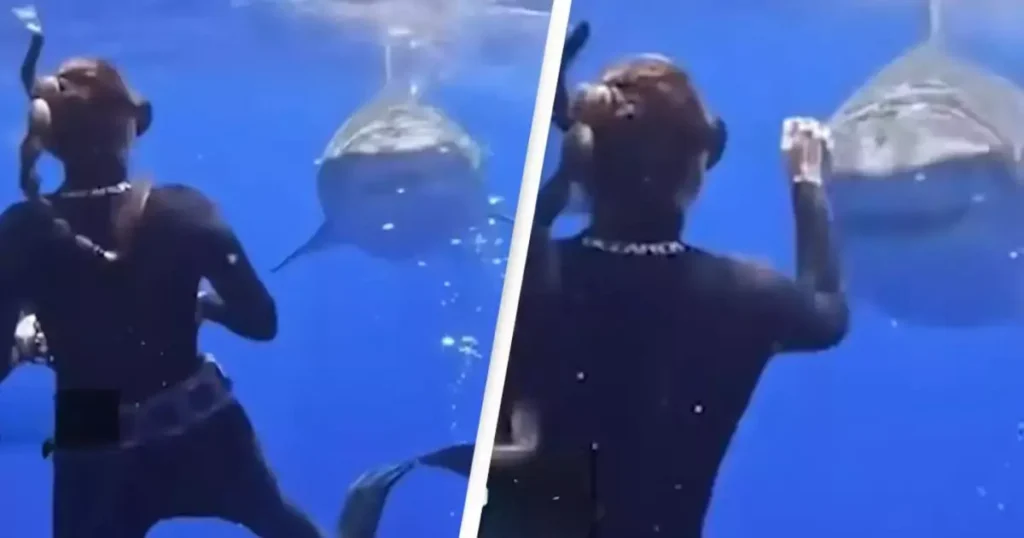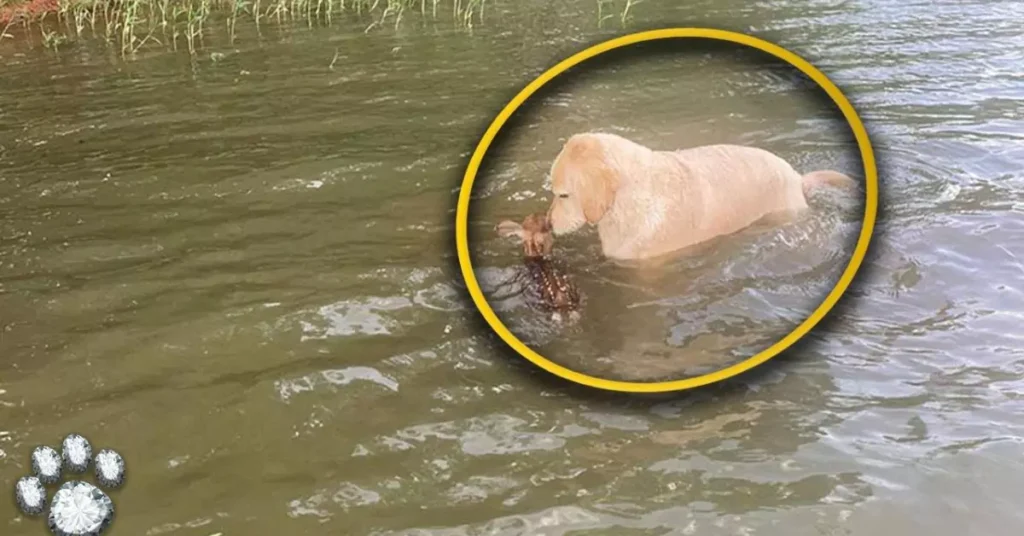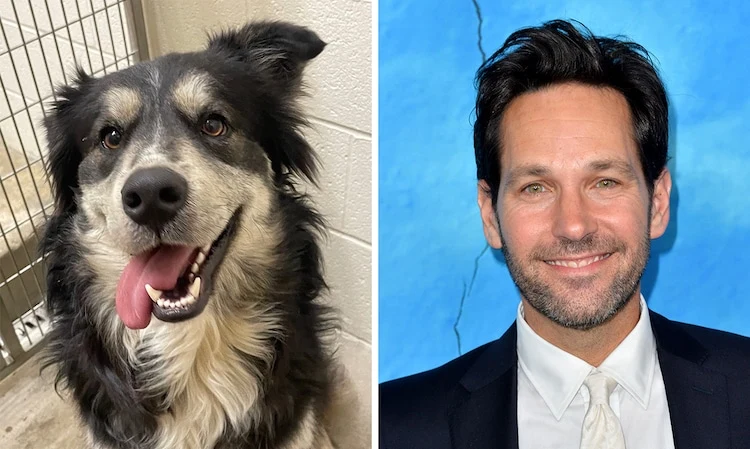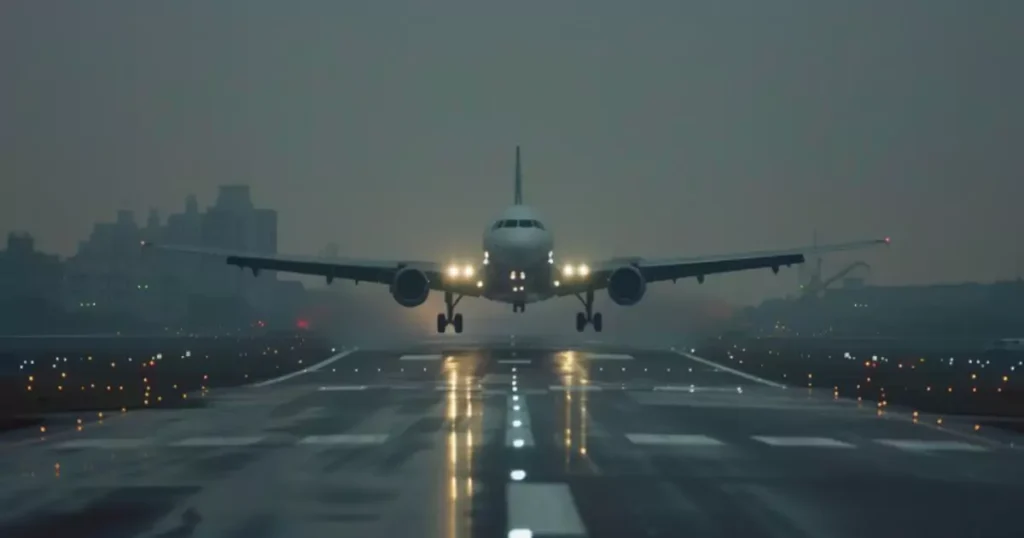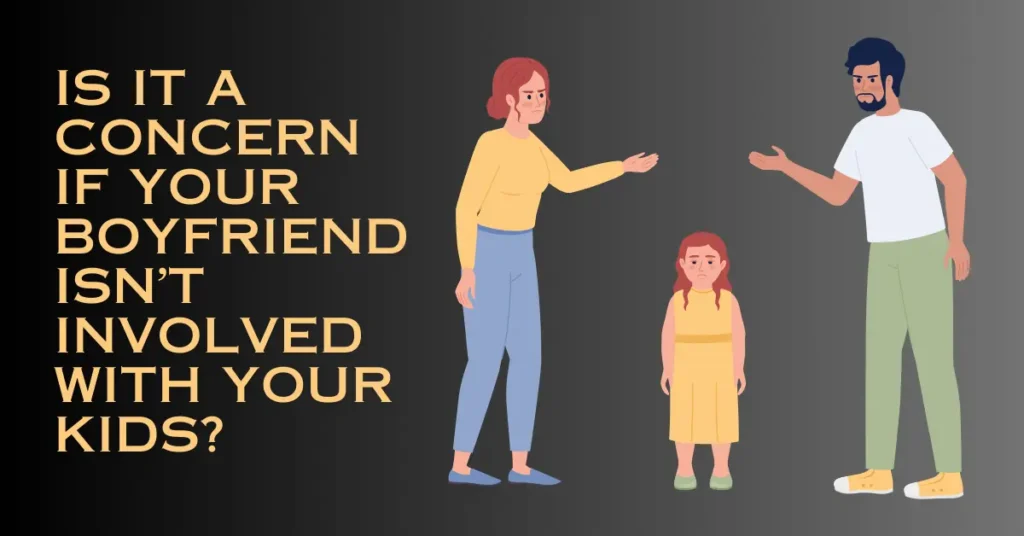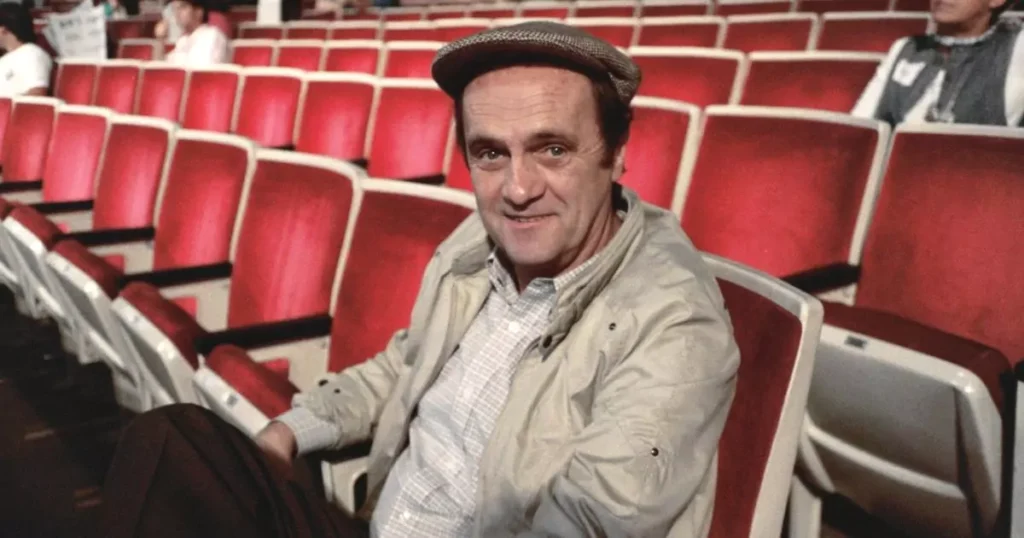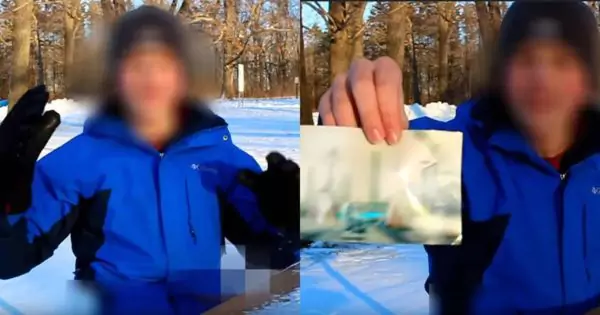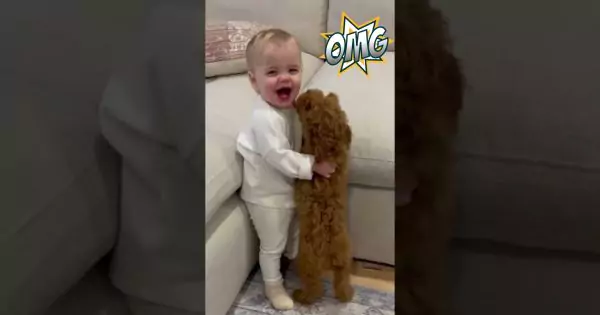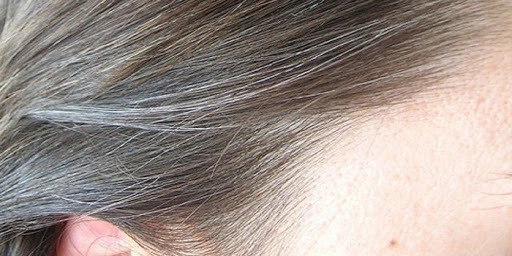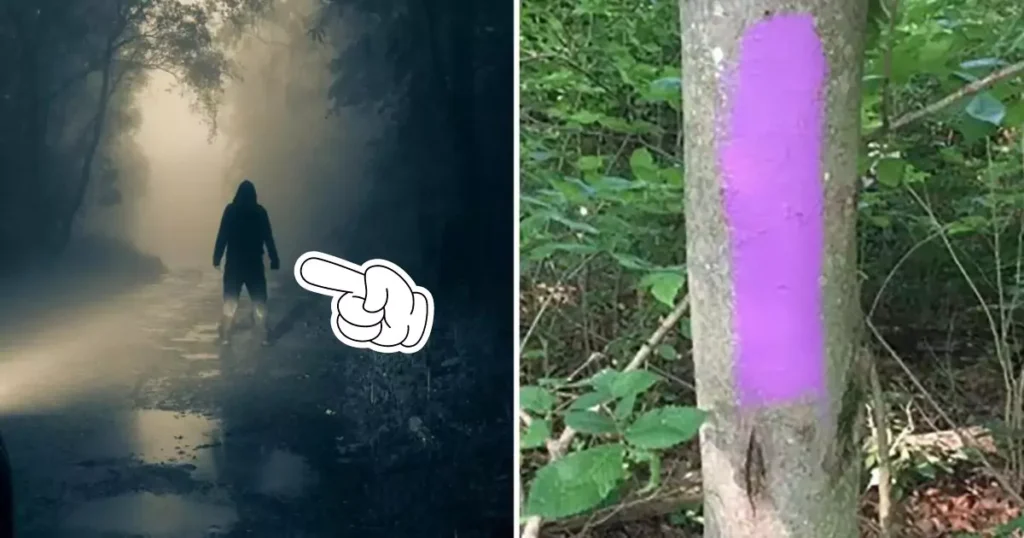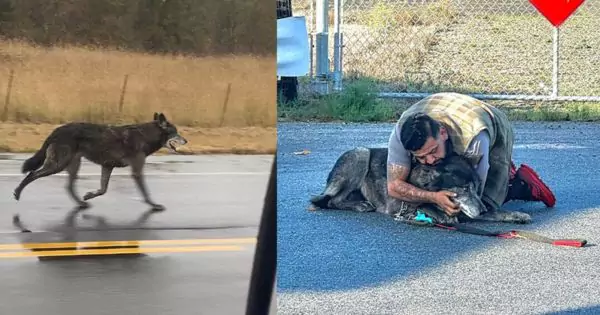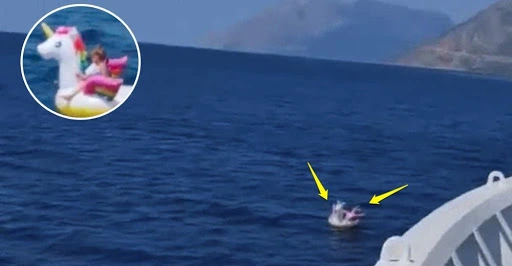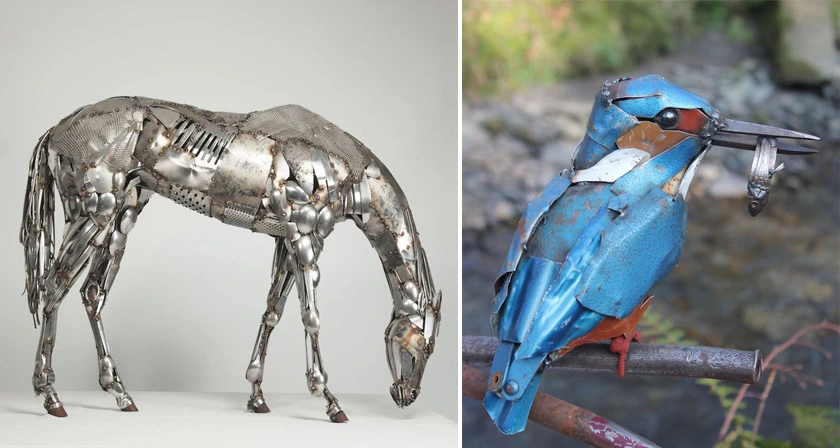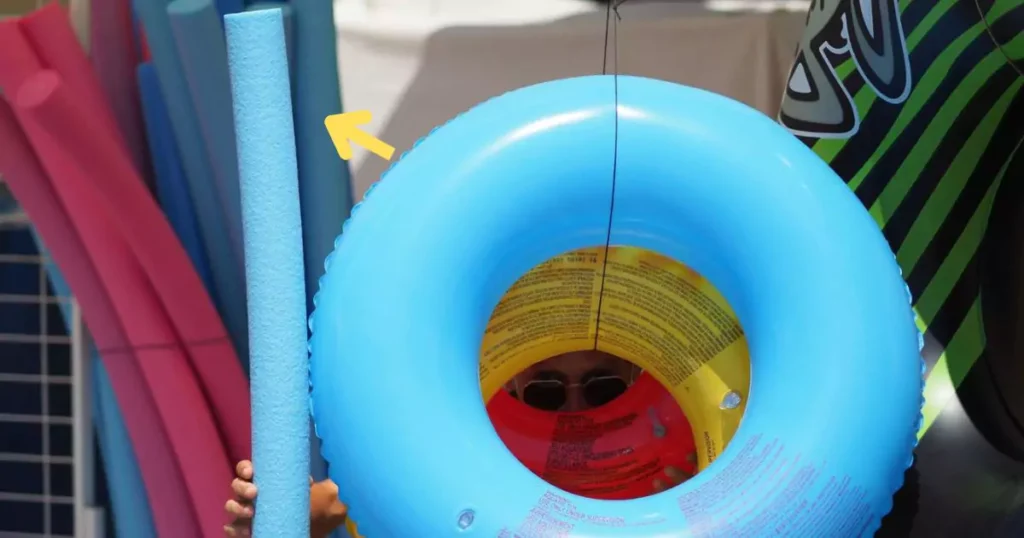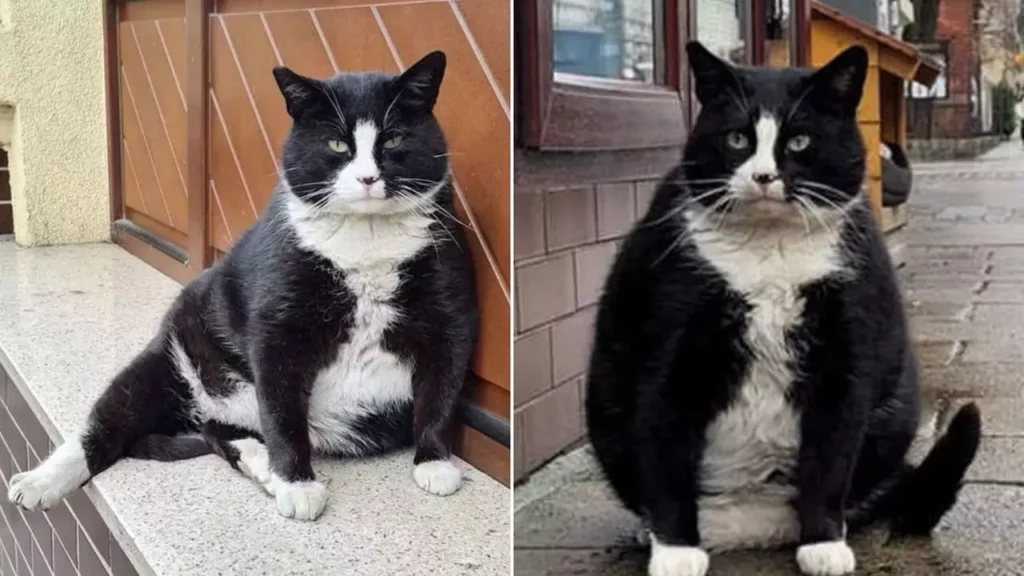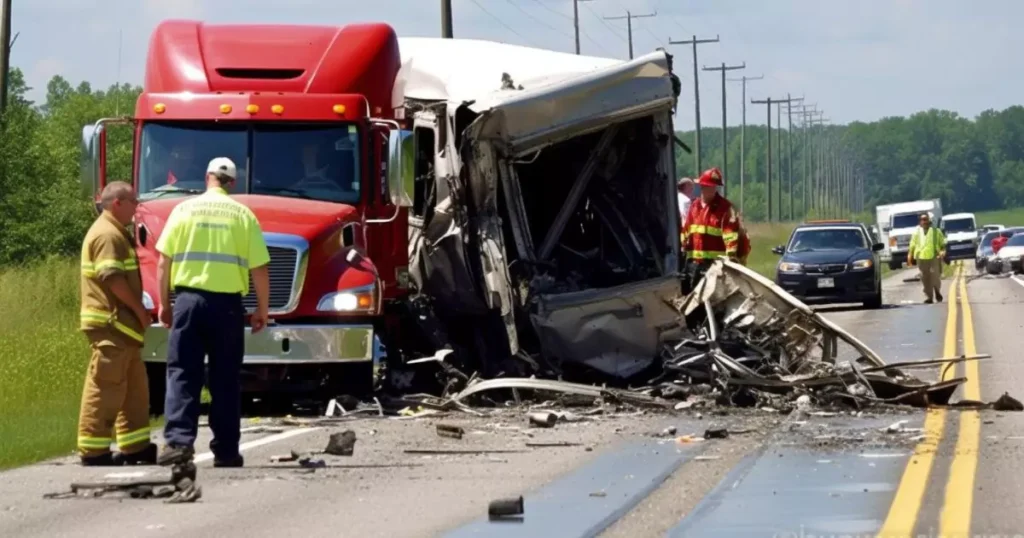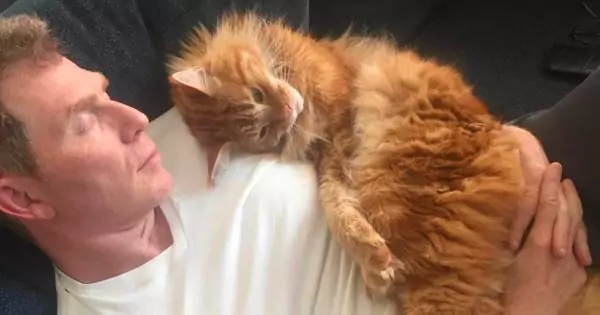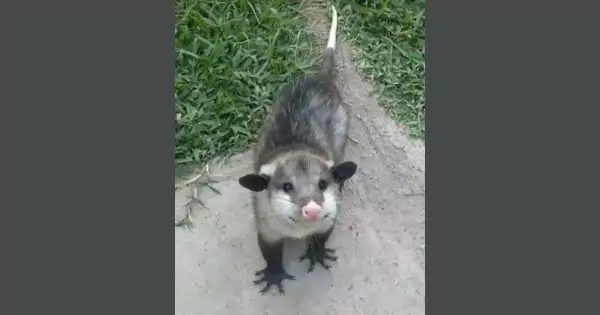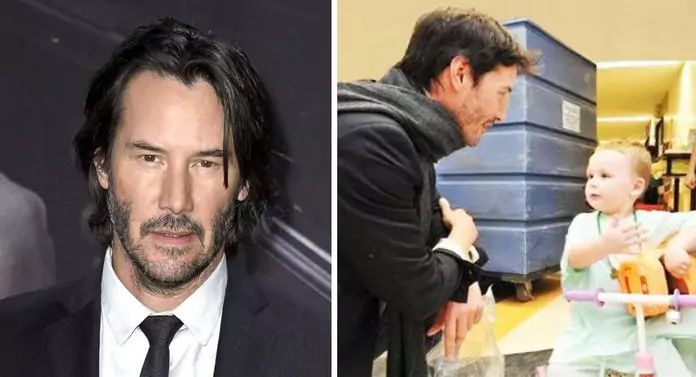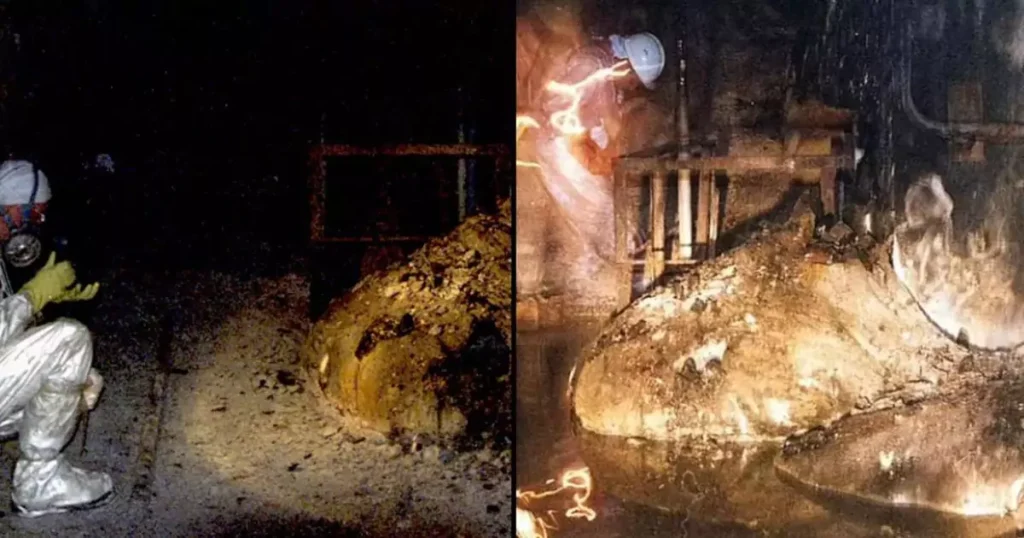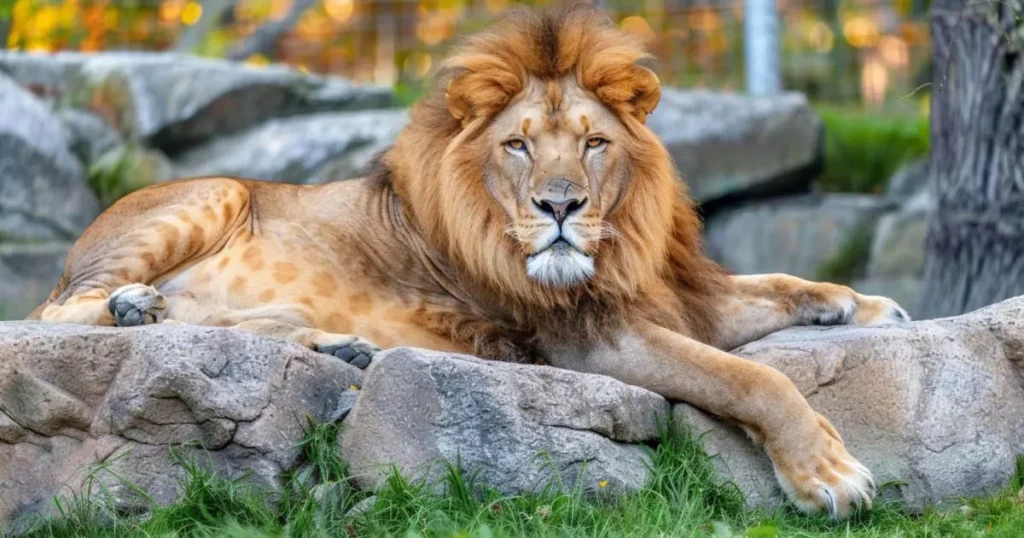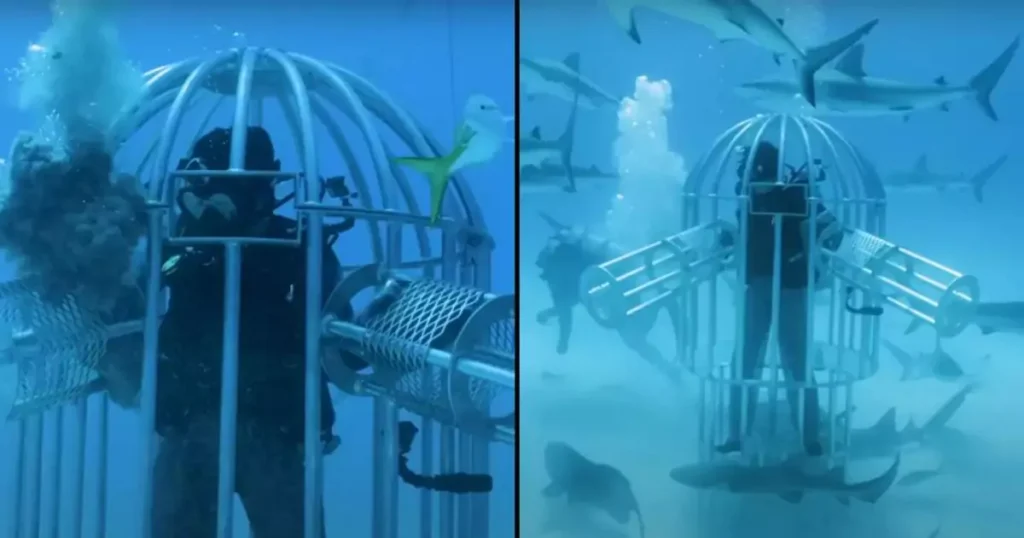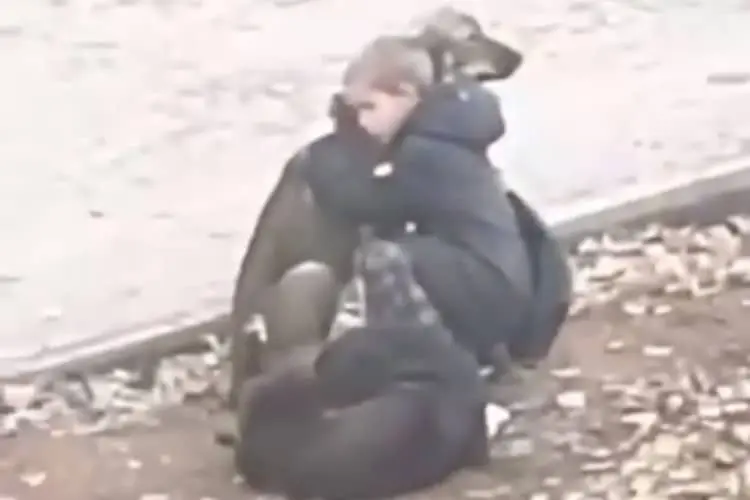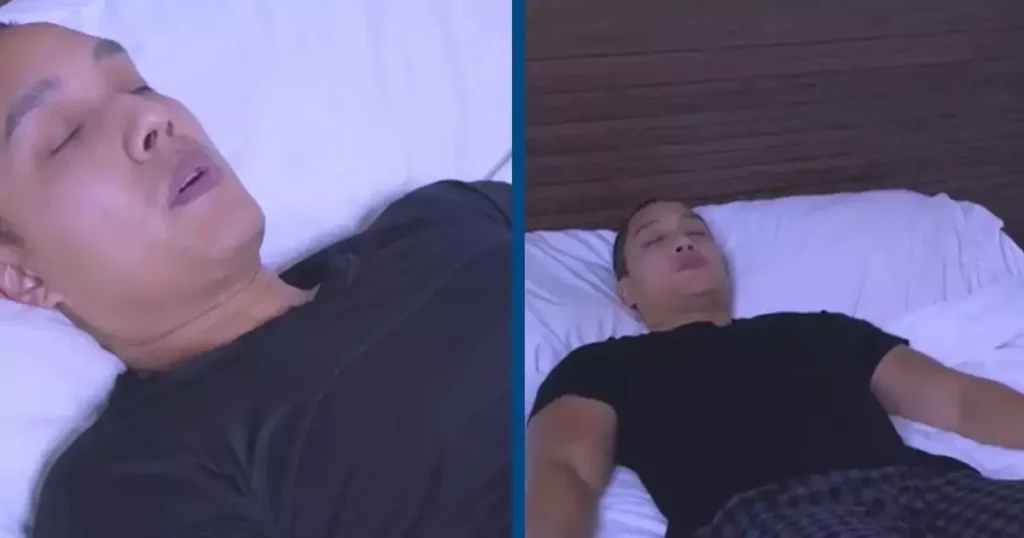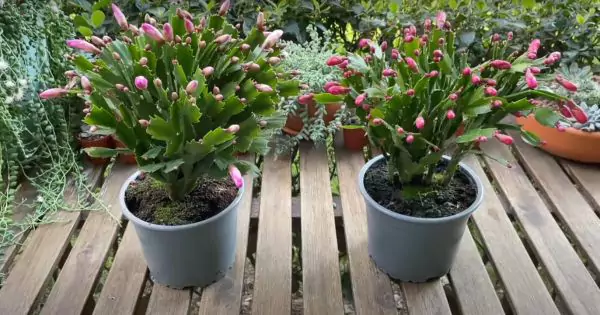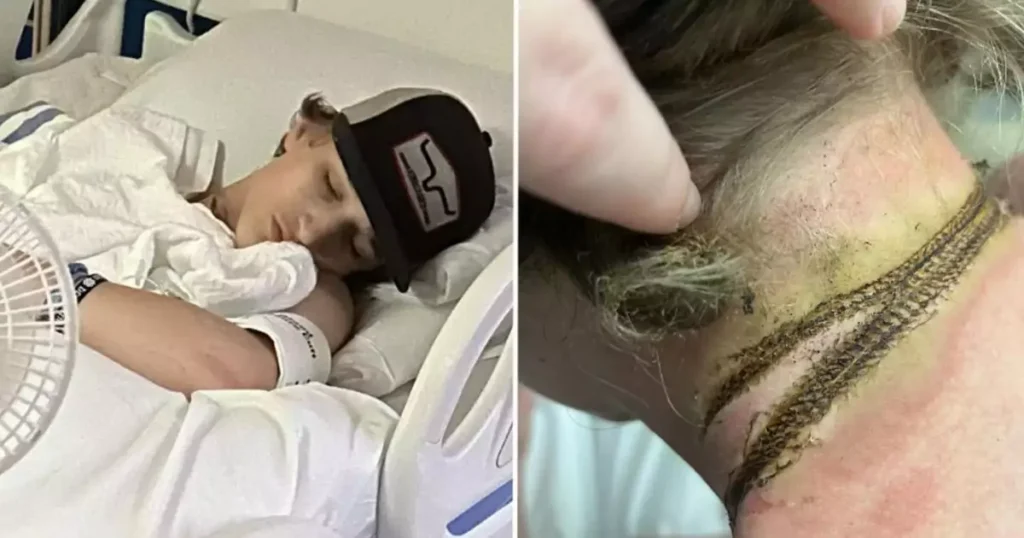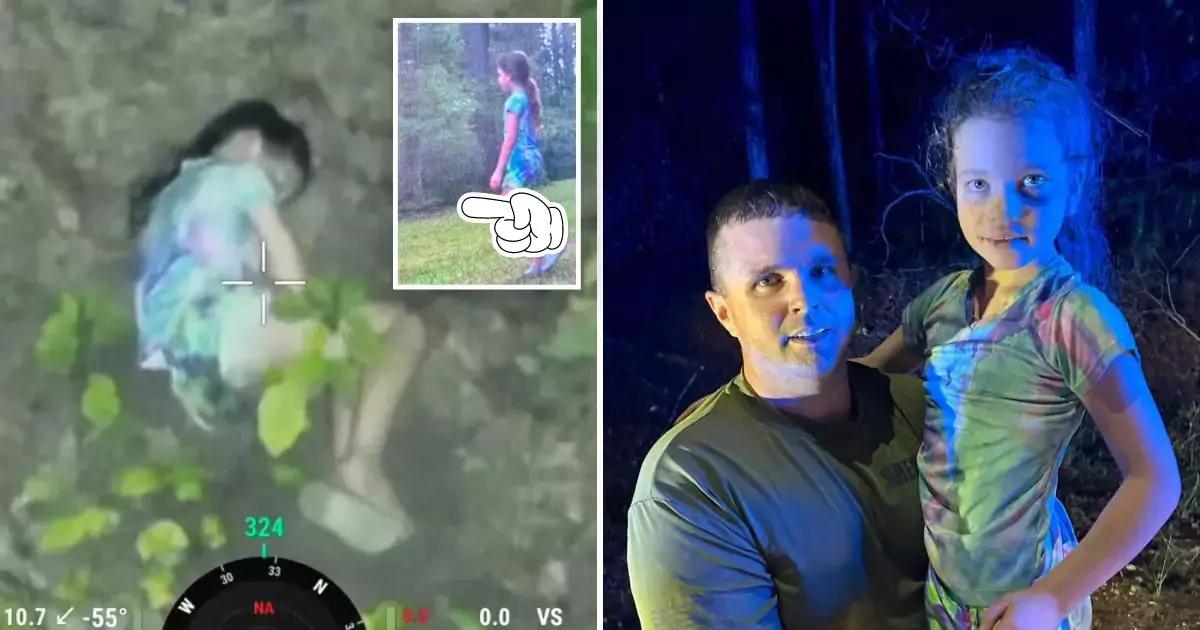
The harrowing story of Peyton Saintignan, a 10-year-old girl who sleepwalked into the dense Louisiana woods, is both a reminder of the dangers of sleepwalking and a testament to the lifesaving potential of modern technology. This story captivated the nation, highlighting the incredible role drones play in search-and-rescue missions. With search teams combing through miles of forest, it was a drone equipped with thermal imaging that saved the day, spotting the missing child just in time.
The Terrifying Night Peyton Went Missing
On the night of September 14, the Saintignan family was plunged into panic when they realized that their daughter, Peyton, was missing from their home near Shreveport, Louisiana. The 10-year-old had wandered into the woods while sleepwalking, a behavior her family knew about but had never seen her act upon outside the house.
The Webster Parish Sheriff’s Office, alongside Louisiana State Police and hundreds of volunteers, launched a search effort. But as the hours passed, the fear of losing Peyton grew. Unknown to many, sleepwalking can turn perilous in the wrong circumstances, and the dense Louisiana woods provided a daunting challenge. Sleepwalking, or somnambulism, affects millions globally, and cases like Peyton’s underscore just how serious it can become.
The Role of Drones in Search-and-Rescue Operations
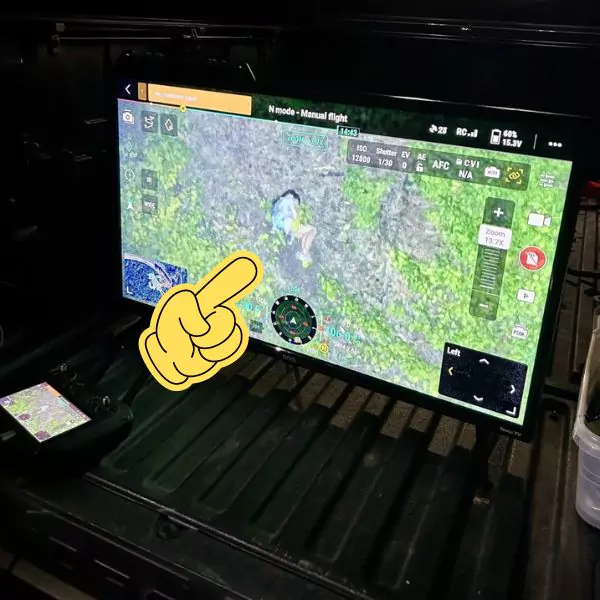
As the search expanded, the chances of finding Peyton were slim without external help. This is when Josh Klober, from Drone Management Services LLC in Magnolia, Arkansas, stepped in. A drone operator with experience in thermal imaging, Klober heard about the search and traveled 40 miles to offer his services.
Within 20 minutes of taking flight, Klober’s drone identified a tiny figure lying motionless in the woods, dressed in purple and white pajamas. The drone’s thermal imaging technology, a game-changer in rescue operations, detected Peyton’s heat signature despite the darkness and dense forest cover. Peyton had wandered over 1.5 miles from her home before collapsing in a fetal position.
Her miraculous rescue, which unfolded in real-time on a large flat-screen connected to the drone’s camera, was captured by the Webster Parish Sheriff’s Office, bringing an end to hours of intense searching.
Peyton Found Safe and Sound
The moment Peyton was located, rescuers rushed to her position. It was around 11:00 PM when she was found, unharmed but groggy, and covered in mosquito bites. Her parents, who had been gripped by fear, were overjoyed to have her back, safe and sound.
Sheriff Jason Parker later remarked on the outcome, calling it nothing short of a miracle. “It’s truly a miracle,” he said. “Other than some mosquito bites, she was perfect.”
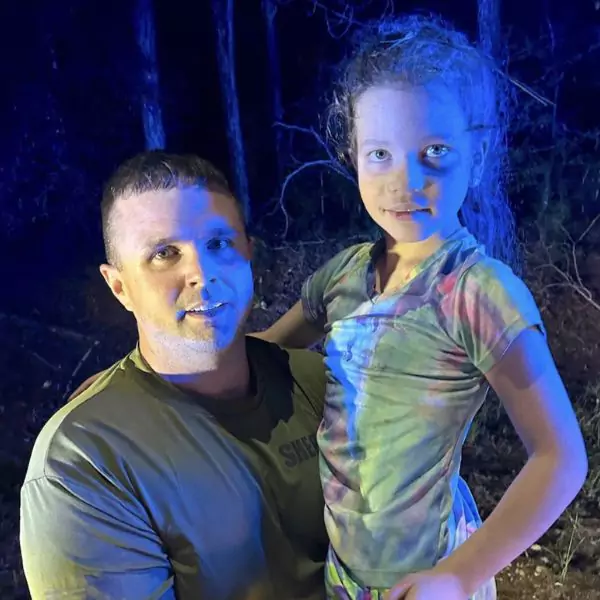
Peyton’s story serves as a reminder of how quickly a sleepwalking episode can spiral out of control, with potentially tragic consequences. Thankfully, modern technology like drones can play a crucial role in locating missing persons swiftly and efficiently.
The Power of Technology in Life-Saving Efforts
The rescue highlighted the ever-growing importance of drones in search-and-rescue missions. Equipped with thermal imaging, these unmanned aerial vehicles (UAVs) can detect body heat in conditions where human eyesight and traditional methods fall short. For individuals lost in forests, mountains, or other dangerous terrains, drones are often the difference between life and death.
Drone Management Services LLC has since received an outpouring of public support, with many eager to contribute to the company’s growth and its capacity to assist in future rescues. This story proves that drones are far more than photography tools—they are, in some cases, life-saving heroes.
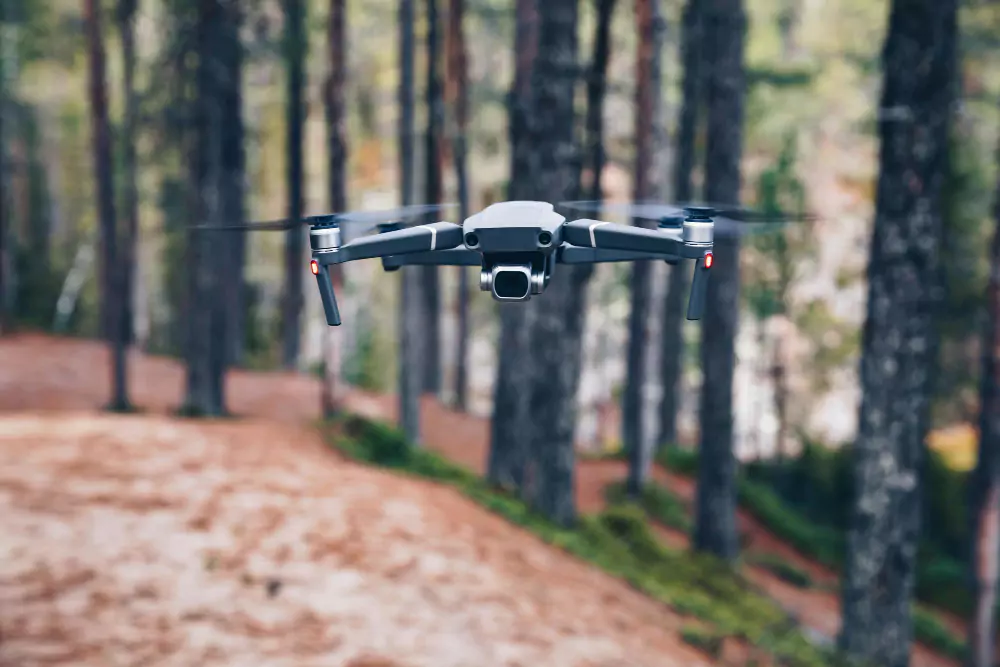
Sleepwalking A Deeper Look
Peyton’s case also brings attention to the mysterious nature of sleepwalking. According to the Cleveland Clinic, sleepwalking is a disorder of sleep arousal, usually affecting children. Genetics plays a key role, with a 47% chance of a child sleepwalking if one parent has a history of the disorder. Stress, sleep deprivation, and certain medications can also trigger episodes.
Sleepwalking often diminishes with age, but until then, it presents risks that can easily turn life-threatening. Peyton’s story serves as a wake-up call for families with known sleepwalkers to take additional precautions, especially in areas where environmental dangers like dense forests, bodies of water, or highways exist.
Practical Safety Precautions for Sleepwalkers
For families with children prone to sleepwalking, here are some crucial steps to enhance safety:
- Lock Doors and Windows: Ensure doors and windows are locked or have alarms that will alert others if opened.
- Create a Safe Sleeping Environment: Remove dangerous objects from the bedroom, like sharp items or tripping hazards.
- Use Baby Gates: Installing baby gates can prevent sleepwalkers from venturing into areas like staircases or kitchens.
- Monitor for Signs: Keep an eye on stress levels, sleep patterns, and other triggers that may lead to sleepwalking episodes.
- Educate and Plan: Teach other family members about sleepwalking to ensure everyone is prepared for potential episodes.
If You Get Lost Essential Survival Tips
While Peyton was lucky to have been found quickly, it’s essential to be prepared if you or a loved one ever becomes lost, particularly in a forested area. Here are some key survival tips to keep in mind:
- Stay in One Place: It’s easier for rescuers to find someone who stays put. If you realize you are lost, sit tight and wait for help.
- Find Shelter: Protect yourself from the elements by finding or creating shelter. Look for trees or rocks that provide cover.
- Signal for Help: Use bright clothing, mirrors, or a whistle to attract attention. During daylight, make your position visible from above.
- Stay Warm: If it’s cold, gather materials like leaves or pine needles to create insulation and retain body heat.
- Stay Calm: Panic can cloud judgment. Remain calm, and if you have a phone, conserve battery power by turning it off or using airplane mode.
The Growing Role of Drones in Rescue Operations
As technology advances, drones are becoming essential tools in emergency situations. From locating lost individuals to delivering medical supplies, their applications are vast. The combination of thermal imaging and real-time video streaming makes drones indispensable in large-scale search efforts, especially in hard-to-reach areas like dense forests, mountains, and deserts.
In Peyton’s case, it was the drone’s ability to see what human eyes could not that saved her life. As drones become more affordable and widespread, we can expect them to play a pivotal role in more rescues, offering a lifeline to those in peril.
A Happy Ending and the Promise of Technology
Peyton Saintignan’s story could have ended in tragedy, but thanks to quick-thinking rescuers and the power of technology, her tale has a happy ending. For families dealing with sleepwalking children, her rescue is a reminder of the importance of vigilance and safety measures. For the rest of us, it’s a clear demonstration of how drones are reshaping the way we approach emergencies, offering new hope in life-or-death situations.
As drone technology continues to evolve, we can expect even more miraculous rescues, proving that sometimes, the smallest pieces of technology can have the biggest impact.

